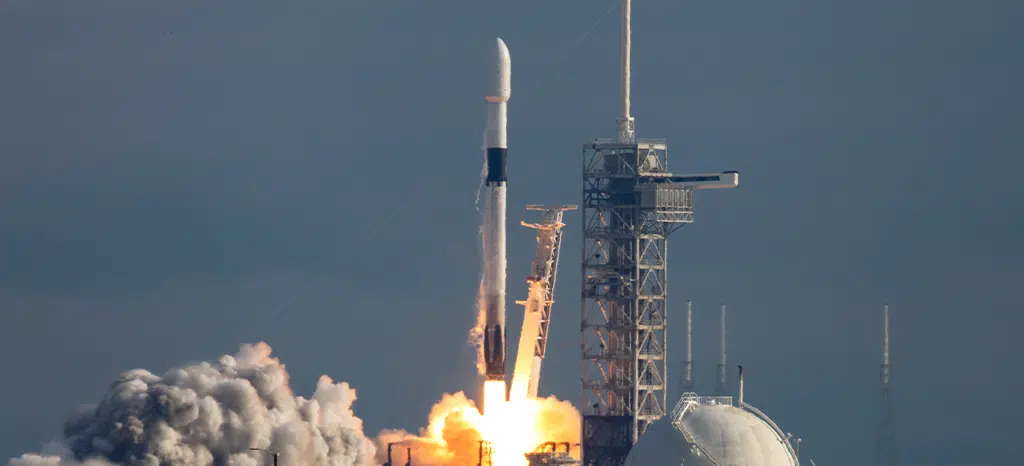The Rise of Reusable Rockets
1.1 Transforming Space Access and Affordability
For decades, space travel followed a single-use model—rockets were discarded after one mission. This model made spaceflight extremely expensive, restricting participation to well-funded governments and major corporations. The introduction of reusable rockets is changing this. Like the shift from disposable to reusable airplanes, reusability in rocketry dramatically reduces costs. For example, SpaceX’s partially reusable Falcon 9 has brought down launch costs to as low as USD 2,700 per kg, a fraction of traditional costs. Fully reusable systems may reduce this further to under USD 100 per kg, opening space to startups, educational institutions, and new nations.

1.2 Technological Breakthroughs Driving Reusability
Reusable rockets use cutting-edge technologies like thrust vector control, heat shields, precision landing gear, and advanced flight software to return components safely to Earth. These systems are then refurbished for future use, maximizing efficiency and minimizing waste. While the concept isn’t new—the Space Shuttle aimed for reusability—modern efforts are more affordable and scalable. A key milestone came on October 13, 2024, when SpaceX’s Starship and Super Heavy Booster both successfully returned to Earth. The booster performed a historic “chopstick catch,” landing back at its launch tower, showing how streamlined and rapid reusability is becoming.
1.3 Leading Players and Global Momentum
Several private and national organizations are pushing the frontiers of reusable technology. SpaceX leads with Starship, aiming for missions to the Moon and Mars. Blue Origin’s New Shepard has flown suborbital missions, with the New Glenn rocket under development. Rocket Lab is transitioning to partial reusability and building the Neutron rocket. The European Space Agency, ISRO, Virgin Galactic, and others are also exploring reusable technologies. This global momentum reflects a broader recognition that reusable systems are not just practical but essential for the future of space access.

SpaceX plays a crucial role in renewable energy by enabling affordable space access for deploying solar-powered satellites, supporting global clean energy networks. Its innovations in rocket reusability reduce manufacturing emissions and resource waste, while its Starlink project facilitates smart grid connectivity and energy management in remote and underserved regions worldwide.
2. Broader Impacts and Future Outlook
2.1 Economic and Environmental Impacts
Reusable rockets revolutionize launch economics by reducing material waste and operational costs. Fewer resources are needed per mission, and less hardware is left to pollute oceans or space. This boosts both sustainability and scalability. However, frequent launches may unintentionally increase space debris, especially with the rise of mega-constellations. From 3,000 satellites in 2019 to over 10,000 by 2024, congestion is becoming a concern. More launches mean greater debris risk, prompting urgent calls for debris management and global cooperation.
2.2 Reliability and Safety in a Reusable Era
One benefit of reusable systems is the ability to inspect and improve rockets after each flight. This iterative feedback loop enhances reliability. Falcon 9 boosters, for instance, are reused up to 15 times, with improvements after each flight. Still, wear and tear remain challenges—engines and components must be thoroughly checked to prevent failure. Advancements in materials, AI, and diagnostics help mitigate these risks. Over time, reusable rockets may become even safer and more reliable than traditional expendable systems.

2.3 Unlocking New Opportunities Beyond Spaceflight
Technological advancements in reusable rockets ripple across industries. Aerospace materials, AI, autonomous systems, and 3D printing developed for rocketry are also transforming the aviation, automotive, energy, and medical sectors. More affordable space access enables global collaboration, economic growth, and new industries such as space tourism and in-orbit services. Looking ahead, space-based solar power, asteroid mining, and deep space missions could all become viable. This is not just a shift in how we access space—it’s a leap into a new industrial and scientific era.

Blue Origin supports renewable energy through innovations that reduce launch waste and promote sustainable space operations. Its reusable rockets minimize resource consumption and environmental impact. Additionally, the company advocates for moving heavy industry off Earth, envisioning space-based solar power and energy production that could help preserve Earth’s environment for future generations.

